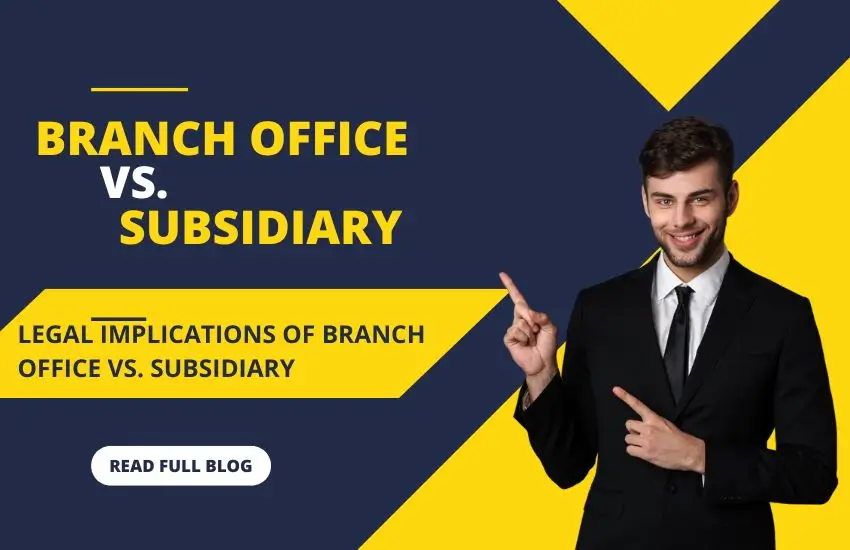Lease to Own Homes: A Complete Guide to Understanding the Process

Best Forex Trading Platforms for 2024
September 18, 2024
Understanding Forex Leverage: A Comprehensive Guide
September 23, 2024Homeownership can be challenging, especially when financial obstacles such as poor credit or a lack of savings come into play. One solution that has been gaining popularity is lease-to-own homes, a hybrid between renting and buying a property. This comprehensive guide will walk you through everything you need to know about lease to own agreements, their benefits, risks, and how they work.
What is a Lease to Own?
Definition of Lease to Own
In a lease to own arrangement, a tenant rents a property for a specified period with the option to purchase the home before or when the lease expires. A portion of the monthly rent typically goes toward the home’s purchase price, allowing the renter to gradually build equity.
Difference Between Lease to Own and Traditional Renting
While traditional renting only involves paying rent with no promise of future ownership, a lease to own agreement gives tenants the potential to buy the property. Traditional renting often means your rent payments don’t build equity, whereas lease to own gives you the chance to invest in homeownership over time.
How Lease-to-Own Agreements Work
The Role of the Lease Agreement
The lease agreement is the foundation of this arrangement, clearly stating the terms under which the tenant can eventually buy the property. This includes the rental period, monthly rent amount, and the purchase price (or how it will be determined).
The Option to Purchase
At the end of the lease, the tenant typically has the option to purchase the home. This is a crucial element of the agreement, as it allows flexibility. If the tenant decides not to buy, they can walk away, though they may lose some of the rent credits.
How Rent Payments Are Allocated
In a lease to own contract, a portion of the monthly rent may be applied toward the home’s future purchase. This is typically agreed upon before signing the lease, with some or all of the “extra” amount beyond the market rent being set aside as credit toward the down payment.
Advantages of Lease to Own Homes
Building Equity Over Time
Unlike traditional renting, lease to own homes allow tenants to build equity as they pay rent. Over time, a portion of each rent payment accumulates toward the purchase price, making the transition to homeownership smoother.
Flexibility in Purchasing
One of the biggest advantages is that you’re not locked into buying the property. If your financial situation improves, you can decide to purchase; if not, you can walk away, albeit with potential losses.
Less Upfront Investment
Compared to a traditional mortgage, the upfront costs in a lease-to-own agreement are generally lower. You won’t need to provide a full down payment until you exercise the option to purchase, making it easier to enter the market.
Potential Risks of Lease to Own Homes
Risk of Losing Investment
If you choose not to buy the home or fail to secure financing when the lease expires, you could lose the rent credits you’ve built up. This makes it crucial to be committed to the process.
Higher Monthly Payments
Lease to own homes often come with higher rent payments, as a portion of the rent is earmarked for the purchase price. This can make it more expensive than traditional renting in the short term.
Uncertainty in Housing Market
The housing market fluctuates, and the home’s value could be less than the agreed purchase price when the lease ends. Conversely, if the market booms, you might benefit from locking in a lower price.
Who Should Consider Lease to Own?
Renters Looking to Own
If you’ve been renting but want to become a homeowner, lease to own is an appealing middle ground, giving you time to save up for a down payment while securing the property.
Those with Poor Credit
A lease-to-own contract provides time to improve your credit score while living in the home. By the time the lease expires, you may be able to qualify for a mortgage with better terms.
Buyers Waiting for a Stable Market
If you’re unsure about the market or waiting for it to stabilize, lease to own gives you the chance to lock in a purchase price while delaying the actual purchase until the market is more favorable.
Steps to Enter a Lease to Own Agreement
Researching the Market
Before entering into any lease to own agreement, research the housing market in your area. Make sure you understand current prices and trends.
Negotiating Terms with the Seller
Ensure the terms of the agreement are negotiable. Work with the seller to come to mutually beneficial terms, including the portion of rent that will go toward the purchase.
Working with a Real Estate Agent
Real estate agents familiar with lease-to-own contracts can help guide you through the process, ensuring you’re aware of any pitfalls or advantages.
The Legal Aspects of Lease to Own Contracts
Importance of a Clear Contract
Having a clear, legally binding contract is essential to protect both parties. Ensure everything is spelled out in detail, from the purchase option to what happens if you choose not to buy.
Rights and Obligations of the Tenant
As a tenant in a lease-to-own agreement, you have specific rights and obligations, including maintaining the property and making rent payments on time.
Legal Recourse in Lease to Own
If either party doesn’t hold up their end of the bargain, there should be clear legal recourse outlined in the contract. Having a lawyer review the contract before signing is advisable.
How to Find Lease to Own Homes
Online Listings and Resources
Start by checking online listings on real estate websites. Many of these platforms have filters for lease to own homes.
Working with Realtors
A real estate agent experienced in lease-to-own contracts can provide valuable guidance and help you find the right home.
Investigating Local Markets
Be sure to investigate your local market by attending open houses or speaking with local agents to get a better sense of available properties.
Common Mistakes to Avoid in Lease to Own
Not Understanding the Contract
Ensure you fully understand the terms of the lease-to-own contract. Overlooking details can lead to costly mistakes.
Overpaying for Rent or Purchase Price
Sometimes the agreed purchase price is higher than the market value. Make sure you’re not overpaying by getting a market analysis before signing.
Failing to Get Pre-Approved for a Mortgage
It’s crucial to start the process of mortgage pre-approval early on. Waiting too long can result in missed opportunities when the lease ends.
Lease to Own vs. Rent to Own: What’s the Difference?
While often used interchangeably, lease to own typically gives you more flexibility in the purchase process, whereas rent to own might come with more binding terms. Both options help you build toward homeownership, but lease to own is often seen as a more tenant-friendly choice.
How to Know if Lease to Own is Right for You
Assessing Financial Readiness
Before committing, evaluate your financial readiness. If you need time to improve your credit or save money, a lease to own can be an excellent option.
Evaluating Long-Term Plans
Consider your long-term plans. If you’re not sure whether you’ll stay in the area, a lease to own home might not be the best choice.
The Future of Lease to Own in Real Estate
As housing prices continue to rise and the barriers to homeownership increase, lease to own options are likely to become more popular, especially for first-time buyers and those facing financial hurdles.
Success Stories: Real-Life Examples of Lease-to-Own Homes
Many individuals have successfully transitioned from renters to homeowners through lease to own agreements. Stories of people who improved their credit, saved money, and eventually purchased their homes showcase the potential of this option.
Conclusion
Lease to own homes offer an excellent alternative for those who aren’t yet ready for a traditional home purchase but want to move toward ownership. With flexibility, a lower upfront investment, and the chance to build equity, a lease to own can be a stepping stone to achieving your homeownership goals. However, it’s essential to fully understand the contract and risks involved before diving in.
FAQs
- What is the typical duration of a lease-to-own agreement?
Lease to own agreements typically last between 1 to 3 years, giving the tenant time to prepare for homeownership. - Can I walk away from a lease-to-own agreement?
Yes, but you may lose any rent credits or option fees you’ve paid. - How does bad credit affect a lease-to-own home purchase?
Lease to own allows tenants to improve their credit before purchasing, but you’ll need to qualify for a mortgage when the lease ends. - Do I need a down payment for lease to own?
You may not need a full down payment initially, but an option fee is often required upfront. - Is a lease-to-own home more expensive than traditional home buying?
It can be, due to higher rent and potential option fees, but it offers flexibility and time to prepare for ownership.
While exploring this article, you may want to read about the Best platforms for forex trading. Click here to full read.


